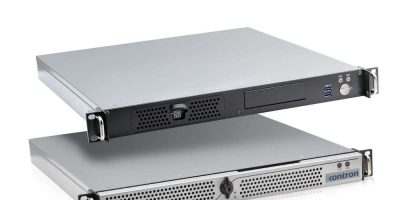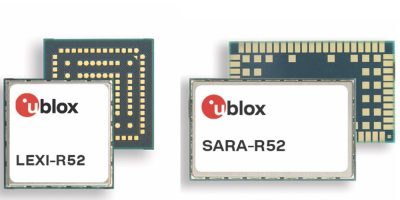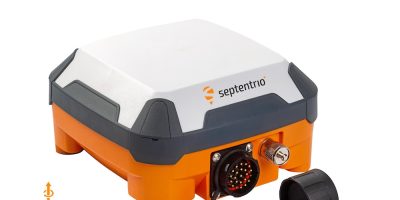Kontron has announced the KISS 1U V4 ADL Rackmount PC, a compact member of the KISS product family for demanding industrial applications. The robust and space-saving 1U industrial computer scores with a motherboard developed and manufactured in Germany based on 12th/13th generation Intel Core processors and thus with more performance, increased reliability and better energy efficiency. This makes it particularly suitable for use in demanding industrial environments, as well as for high-end image processing and SCADA/MES applications, but also in person-related areas such as control technology and medical environments.
The powerful systems of the KISS V4 ADL series are based on Kontron motherboards with Intel Core i9/i7/i5/i3 processors of the 12th/13th generation with up to 24 cores. Two GbE ports, one with up to 2.5 Gb/s and eight external USB ports including USB-C ensure high data throughput and connectivity. Two DIMM sockets, each with up to 64 GB, provide sufficient RAM. Equipped with DDR5 UDIMM memory, a significant increase in performance is also achieved. A wide range of internal and hot-swappable external storage media enables customized systems for any application.
A particularly compact and powerful system is now available for the industrial automation, video surveillance and medical technology markets in particular, which opens up a new dimension in graphics applications with its four DisplayPort interfaces. Powerful power supply units are also available for AI and machine learning applications, allowing the installation of high-end GPU cards.
Like all members of the new KISS family, the KISS 1U V4 ADL also supports the highest security standards and allows real-time applications for control tasks in the control cabinet or data consolidation in the local cloud thanks to TSN features.
The entire KISS product family meets high requirements in extreme environments: Thanks to the effective cooling concept, the rackmount system can withstand ambient temperatures from 0 °C to +50 °C during 24/7 continuous operation. The high shock and vibration resistance also predestines the KISS V4 ADL series for robust industrial applications.
Customer-specific adaptations, such as individual front covers, can be implemented quickly and cost-effectively thanks to the modular concept, even for small and medium quantities.







